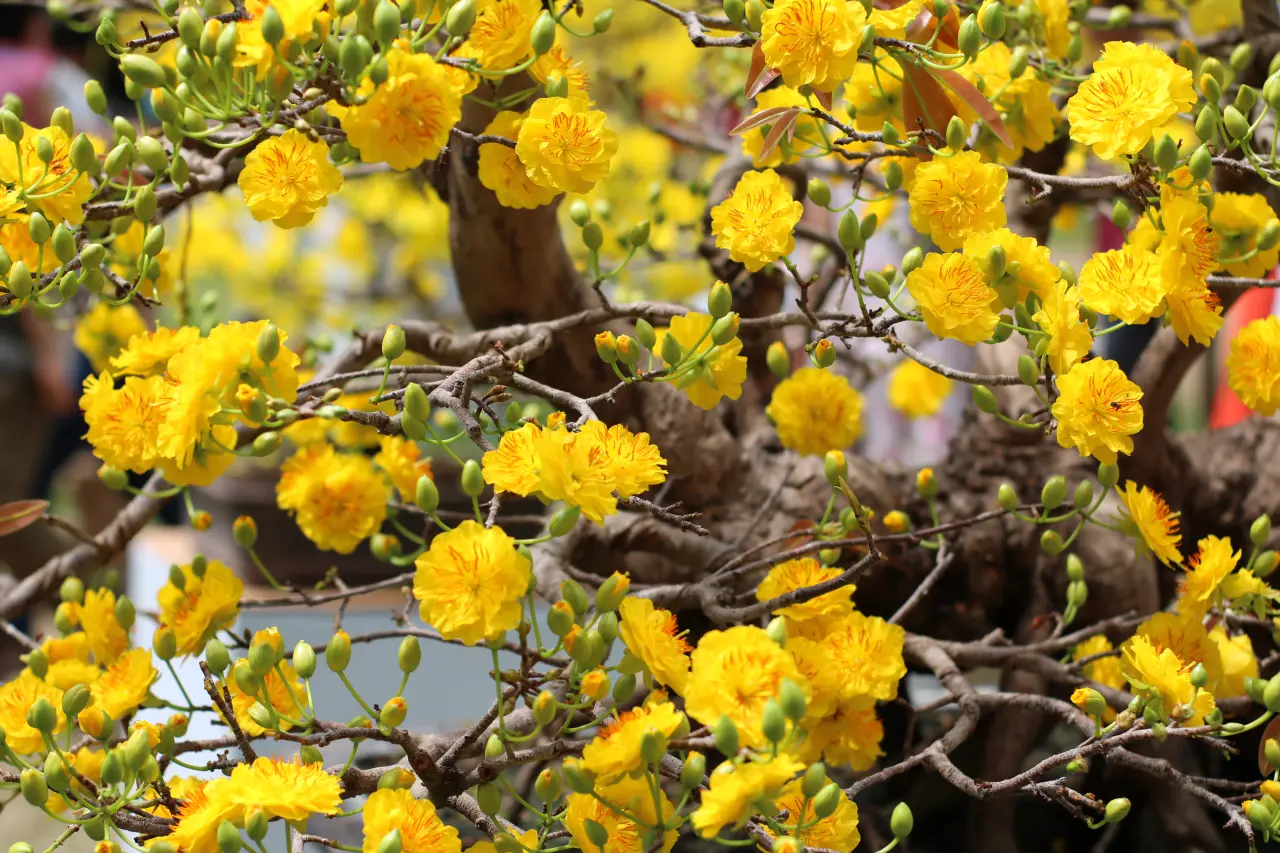As winter blankets the world in a glistening coat of snow, nature reveals its hidden treasures in the form of delicate flowers that bloom amidst the frosty landscape. Among these winter marvels, the snowflake flower, with its exquisite beauty and intricate design, stands out as a symbol of resilience and grace. In this article, we will explore the enchanting qualities of the snowflake flower, uncovering its botanical wonders, unique characteristics, and the allure it brings to the winter season.
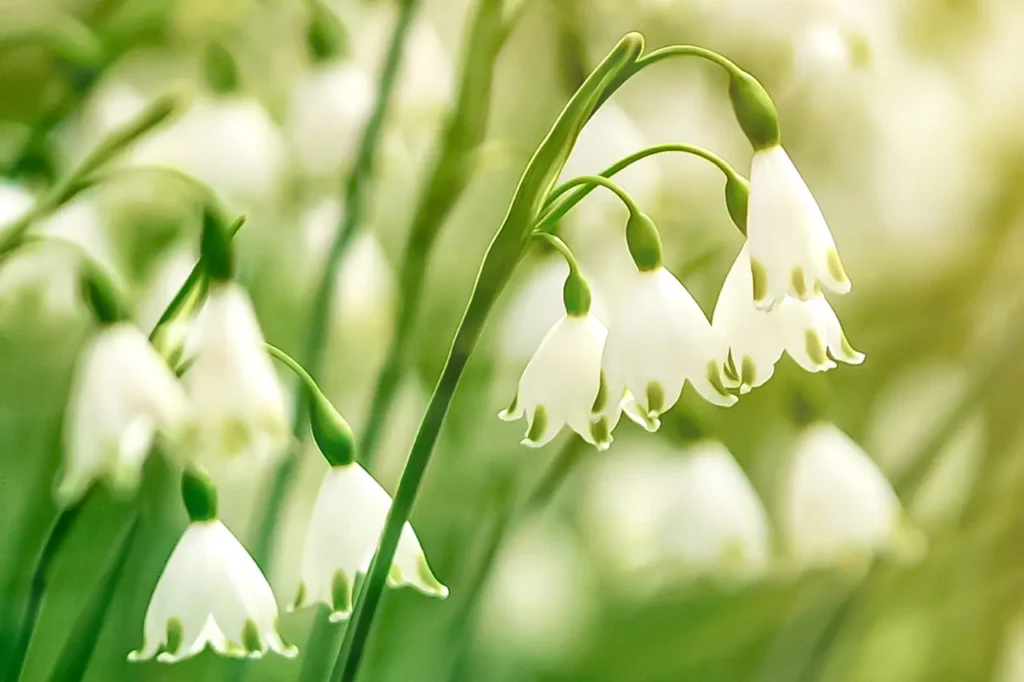
The Botanical Marvel
Scientifically known as Leucojum aestivum, the snowflake flower is a perennial bulbous plant that belongs to the Amaryllidaceae family. Despite its name, it is not actually a true snowflake but rather derives its name from its delicate white flowers that resemble glistening snowflakes. Native to Europe, the snowflake flower can be found in moist woodlands, meadows, and along stream banks, adding a touch of ethereal beauty to winter landscapes.
Blossoms Like Falling Snowflakes
The snowflake flower boasts graceful, nodding flowers that bloom in late winter or early spring. Each stem carries a cluster of bell-shaped blossoms, each petal adorned with green spots at the tip, resembling delicate snowflakes with a touch of natural charm. The pure white color of the petals further enhances the flower’s resemblance to the winter’s icy crystals.
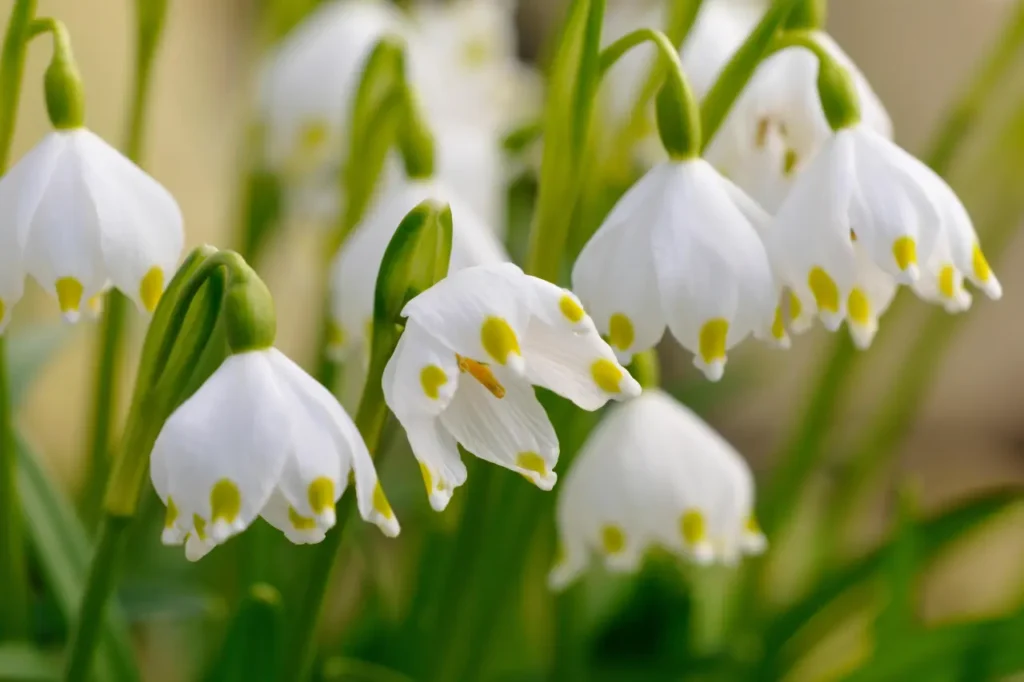
Resilience in Challenging Conditions
One of the most remarkable aspects of the snowflake flower is its ability to bloom even in adverse winter conditions. With a determination to withstand the cold and thrive amidst the frost, these flowers emerge as a symbol of resilience and hope. Their presence reminds us that beauty can be found even in the harshest of environments, serving as a beacon of inspiration during the coldest months of the year.
Cultural Significance and Symbolism
Throughout history, the snowflake flower has garnered symbolic meaning in various cultures. It is often associated with purity, rebirth, and the arrival of spring. In some traditions, it is considered a harbinger of good fortune and a sign of hope for the future. Its elegant appearance and ability to endure the winter season have made it a popular choice for winter weddings and floral arrangements, adding a touch of enchantment and optimism to special occasions.
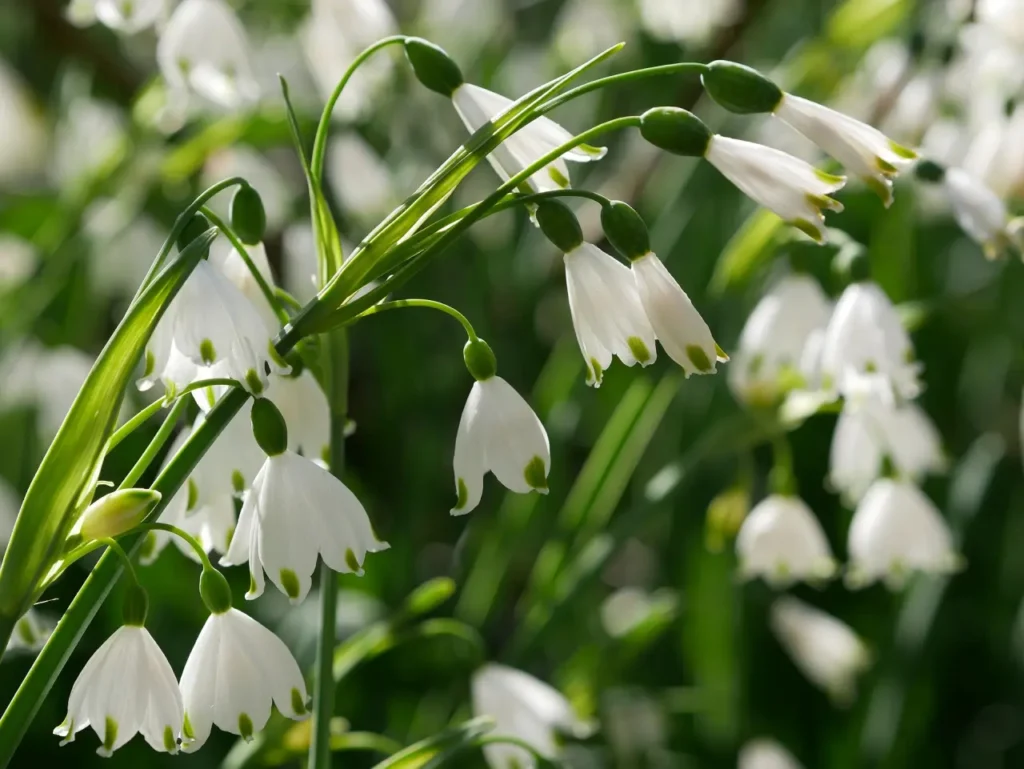
Cultivation and Care
Snowflake flowers can be cultivated in gardens, bringing their delicate charm closer to home. They thrive in moist, well-drained soil and prefer partially shaded areas. Planting the bulbs in autumn allows them to establish roots before the onset of winter. With proper care, including regular watering and occasional fertilization, these beautiful flowers can grace your garden with their ethereal presence year after year.
Ecological Importance
Beyond their aesthetic appeal, snowflake flowers play a vital role in supporting pollinators during the early spring season. Bees and other insects are attracted to their nectar, providing them with an important food source after the long winter months. By cultivating snowflake flowers and creating a welcoming environment for pollinators, we contribute to the overall health and biodiversity of our ecosystems.
Popular Beautiful Snowflake
Enhance your garden from late winter through spring by planting both spring snowflakes and summer snowflakes.
Spring Snowflake
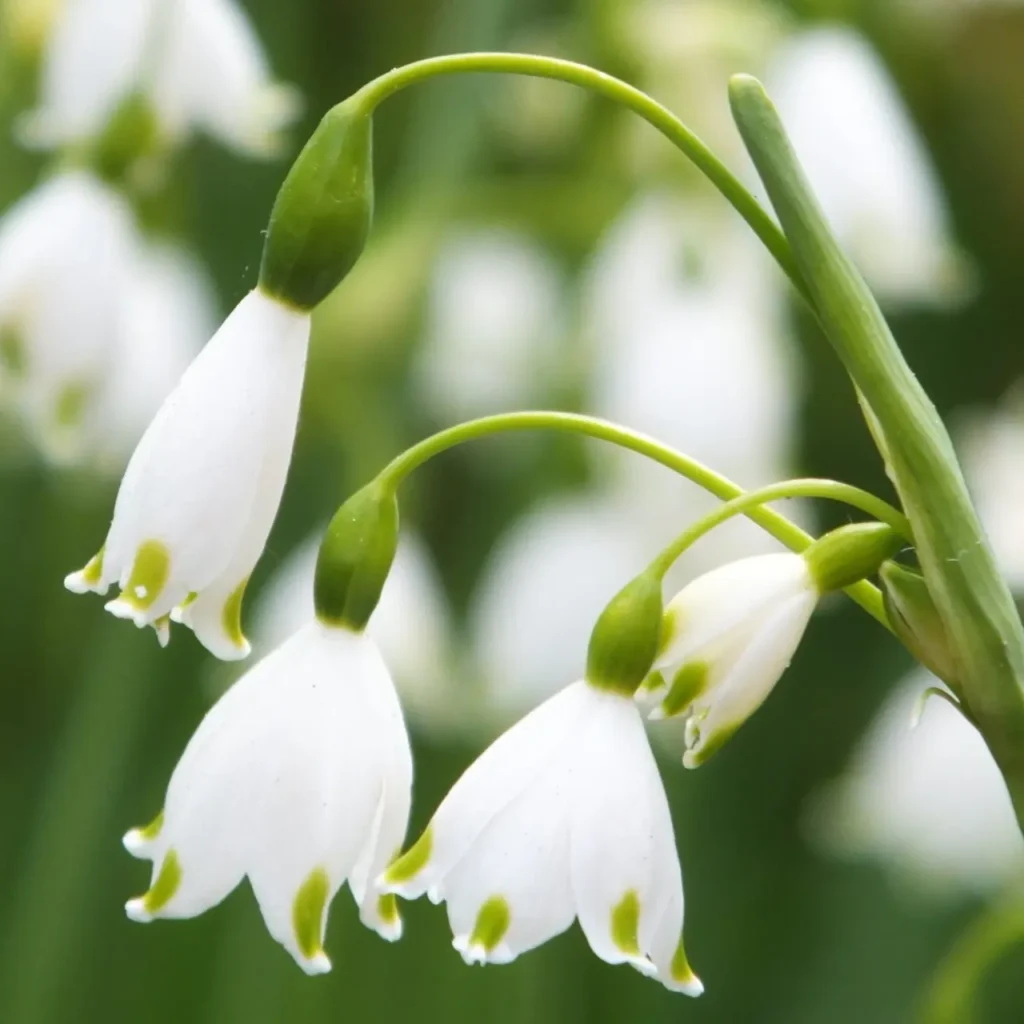
Spring snowflake (Leucojum vernum) flowers begin blooming in late winter and continue through early spring, following a similar schedule to daffodils. They start blooming around the same time as snowdrops (Galanthus), which look similar to snowflakes but are smaller. Spring snowflakes are typically between eight and 10 inches tall, with a spread of two to three feet.
Summer Snowflake
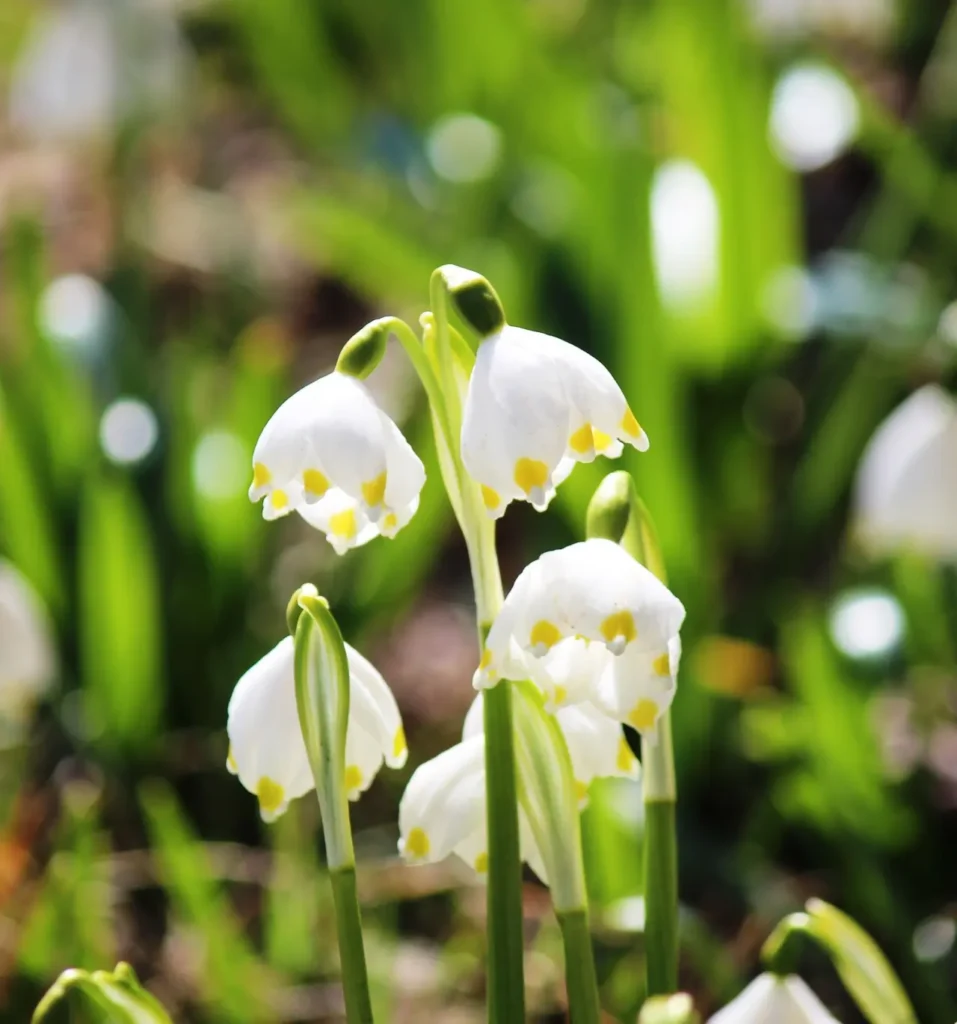
Summer Snowflake (Leucojum aestivum) flowers bloom in mid-spring, just a few weeks after spring snowflakes and daffodils usually stop blooming. Even though they are called summer snowflakes, these bulbs become dormant in the summer. They typically range from 12 to 36 inches in height, with a spread of two to three feet if planted far enough apart to develop to that size.
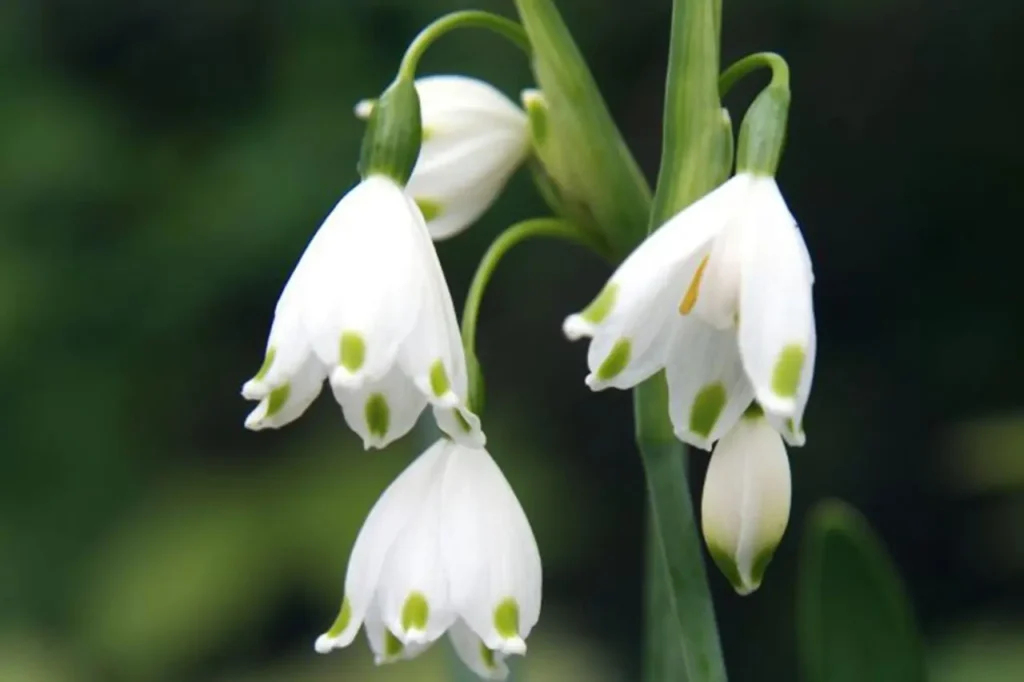
As winter’s silent beauty unfolds, the snowflake flower emerges as a testament to nature’s resilience and captivating allure. With its delicate blossoms that mirror the intricate patterns of snowflakes, this floral gem reminds us of the beauty that can be found even in the coldest and harshest of seasons. As we appreciate the snowflake flower’s grace and endurance, let us be inspired to find beauty and hope in every season of life, cherishing the delicate wonders that nature graciously bestows upon us.
